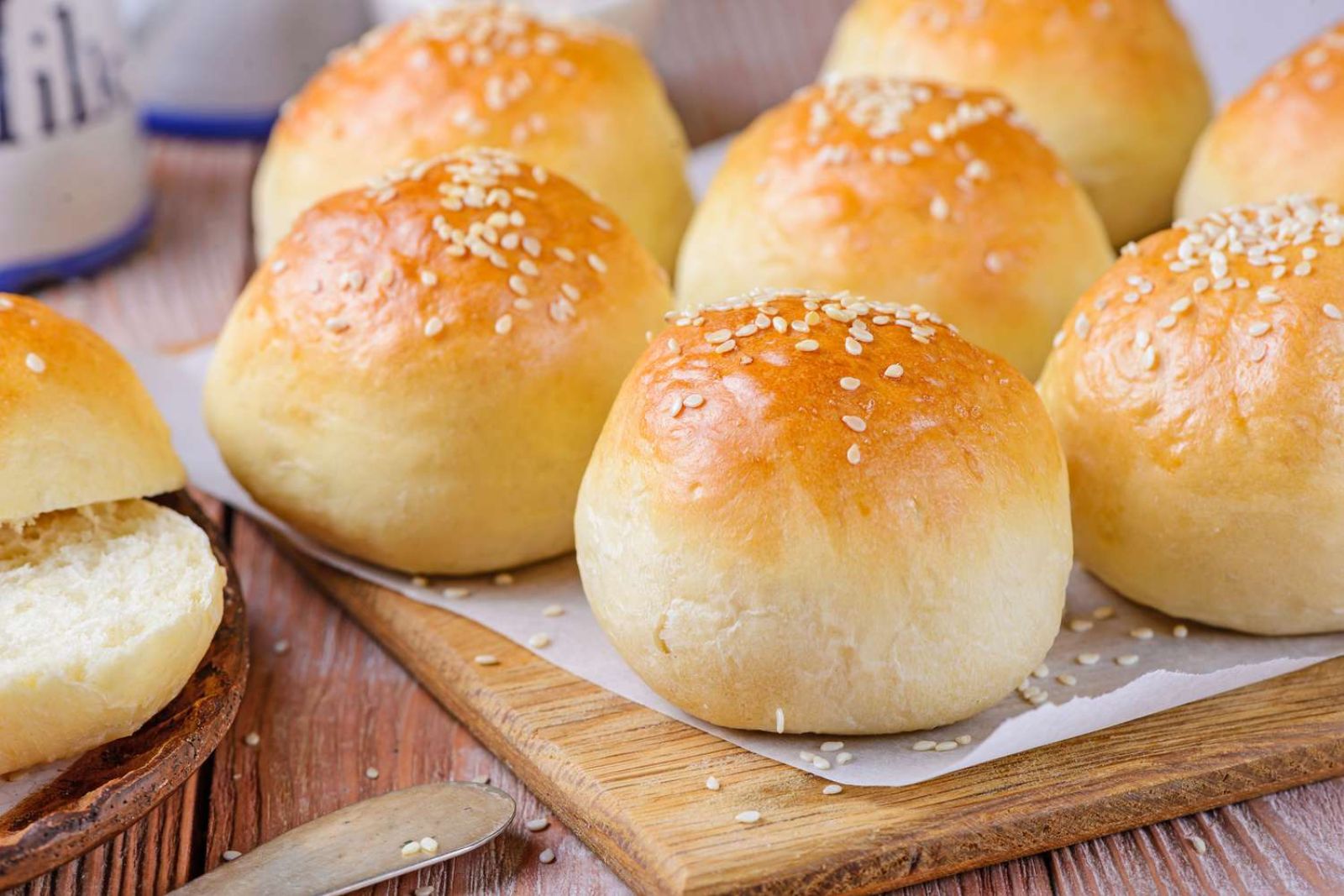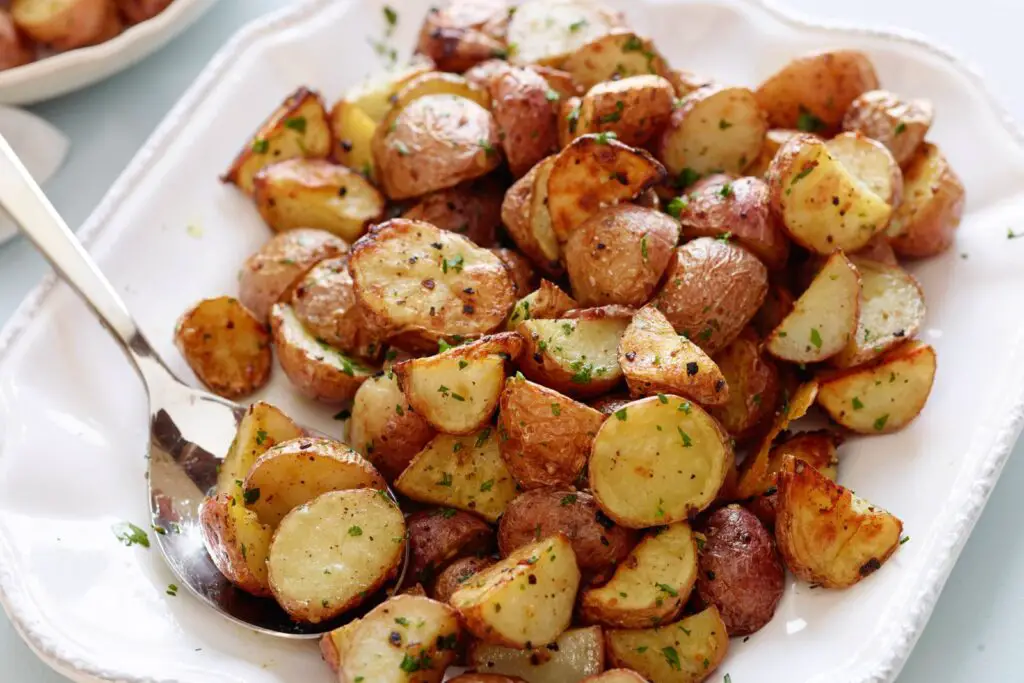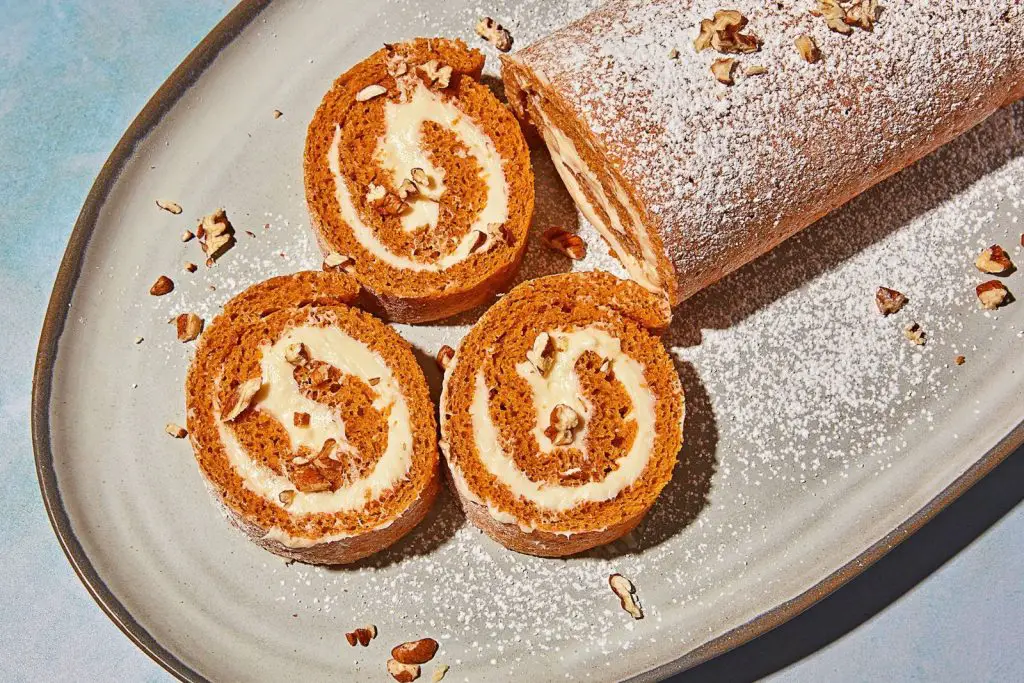
Buns, the delightful bread rolls that are perfect for sandwiches, burgers, or simply enjoyed on their own. Buns come in various shapes, sizes, and flavors, from classic soft white rolls to hearty whole grain buns. There’s nothing quite like the aroma and taste of freshly baked buns straight from the oven. However, if you find yourself with a surplus of buns or want to plan ahead for future meals, freezing them can be a practical solution. Freezing buns allows you to preserve their freshness and texture, ensuring that you always have a batch of delicious rolls at your fingertips. In this guide, we will explore the process of freezing buns, providing you with tips on how to properly package and thaw them for optimal taste and quality. So whether you’re a seasoned baker looking to make the most of your homemade buns or someone who wants to stock up on store-bought buns for convenience, freezing is a fantastic way to extend the shelf life of these versatile bread rolls and enjoy them whenever you desire.
Here are the simple steps to freeze buns:
Step 1: Select your Buns
When it comes to freezing buns, the first step is to choose fresh buns that are suitable for freezing. Whether you prefer plain white buns, whole wheat buns, or specialty buns like brioche or sesame seed, it’s important to ensure that they are in good condition and free from any signs of mold or staleness.
Selecting fresh buns is crucial because freezing will not improve their quality. Freezing is primarily done to preserve the freshness and taste of the buns at the time of freezing. Therefore, if the buns are already stale or have visible signs of mold, it’s best to discard them instead of freezing.
When choosing buns for freezing, inspect them visually. Look for any discoloration, unusual texture, or signs of mold growth. Fresh buns should have a soft texture and a pleasant aroma. Avoid buns that are overly dry, hard, or have an off-putting smell.
Consider the type of buns you prefer and select them accordingly. Whether you enjoy the simplicity of plain white buns, the nuttiness of whole wheat buns, or the richness of specialty buns, ensure that they are of high quality before freezing.
By selecting fresh buns that are suitable for freezing, you lay the foundation for preserving their taste and texture during the freezing process. So take a moment to choose the best buns available to ensure a delightful culinary experience when you eventually use them after freezing.
Step 2: Prepare the Buns
To ensure that the buns freeze and thaw effectively, it’s important to prepare them properly before freezing. The preparation process may vary depending on whether the buns are already sliced or if they’re whole buns.
If the buns you have are already sliced, you can leave them as they are. The pre-sliced nature of the buns makes them convenient for freezing. Simply proceed to the next step of wrapping them individually.
However, if you have whole buns, it’s recommended to slice them in half horizontally before freezing. This step makes it easier to use the buns later on without having to thaw the entire bun if you only need a portion.
Slicing the buns horizontally provides several benefits. First, it increases the surface area exposed to the freezing process, allowing for faster and more even freezing. Second, it allows you to separate the buns into individual halves, giving you greater flexibility when it comes to portioning and thawing.
By preparing the buns in this manner, you’ll have greater control over the portions you want to use after freezing. Whether you need just one half of a bun or the entire thing, slicing them in half horizontally saves you from the hassle of defrosting more than necessary. It’s a small but significant step that enhances the convenience and flexibility of using frozen buns.
Step 3: Wrap the Buns
After preparing the buns for freezing, the next step is to wrap them individually to protect them from freezer burn and maintain their freshness during storage. There are several options for wrapping the buns, including plastic wrap, resealable plastic bags, or aluminum foil.
Individually wrapping each bun or bun half tightly with plastic wrap is a common and effective method. This wrap acts as a barrier, preventing air and moisture from reaching the buns and causing freezer burn. To wrap the buns, place a piece of plastic wrap over the bun or bun half and tightly seal it around the edges. Make sure there are no gaps or openings that could expose the buns to the air in the freezer.
Alternatively, you can use resealable plastic bags for wrapping the buns. Place a bun or bun half into each bag, press out any excess air, and seal the bag securely. This method provides an additional layer of protection against freezer burn and allows for easy organization in the freezer.
Another option is to use aluminum foil for wrapping the buns. Similar to plastic wrap, aluminum foil acts as a barrier against air and moisture. Wrap each bun or bun half tightly in aluminum foil, ensuring that all sides are covered and sealed tightly.
By individually wrapping the buns with plastic wrap, using resealable plastic bags, or wrapping them in aluminum foil, you provide a protective layer that helps preserve the buns’ freshness and prevents freezer burn. Choose the method that works best for you and ensures the buns stay in optimal condition until you’re ready to use them.
Step 4: Place in Freezer-Safe Containers
Once the buns are individually wrapped, the next step is to place them in freezer-safe containers or airtight freezer bags. This additional layer of protection helps safeguard the buns from freezer burn and keeps them organized in the freezer.
Using freezer-safe containers is an excellent option for storing the wrapped buns. Choose containers that are specifically designed for freezer use, as they are made from materials that can withstand low temperatures without cracking or breaking. Place the wrapped buns inside the containers, ensuring they fit snugly without excessive space.
Airtight freezer bags are another practical choice for storing the wrapped buns. Opt for high-quality freezer bags that are thick and durable, as they provide a barrier against air and moisture. Place the wrapped buns in the bags and squeeze out as much air as possible before sealing them tightly. Removing excess air helps prevent freezer burn and preserves the quality of the buns during storage.
Regardless of the container or bag you choose, it’s important to ensure airtight sealing. This prevents any air or moisture from entering and affecting the buns. Proper sealing also helps maintain the texture, flavor, and overall quality of the buns while they are frozen.
By placing the wrapped buns in freezer-safe containers or airtight freezer bags, you enhance their protection against freezer burn and maintain their freshness for an extended period. This step also makes it easier to organize the buns in the freezer, allowing you to locate and access them conveniently when needed.
Taking the time to place the wrapped buns in freezer-safe containers or airtight freezer bags is a simple yet crucial step in ensuring that the buns remain in excellent condition throughout their time in the freezer.
Step 5: Label and Date
Labeling and dating the containers or bags that hold the frozen buns is an important step to prevent confusion and ensure easy identification of the buns in the future. By providing clear information about the date of freezing and a brief description of the buns, you can easily determine their shelf life and find specific types of buns when needed.
Take a marker or adhesive labels and write the date of freezing on each container or bag. This helps you keep track of how long the buns have been in the freezer. Additionally, include a brief description of the buns, such as “plain white buns” or “whole wheat buns,” to distinguish them from other frozen items.
Labeling the containers or bags is particularly helpful if you freeze different types of buns or if you plan to freeze buns on multiple occasions. It allows you to easily identify the specific buns you want to use without the need for thawing and inspecting each package.
By having the date of freezing and a description on the labels, you can also ensure that the buns are consumed within their recommended storage period. This information serves as a reminder of when you should ideally use the buns to maintain their quality.
Keeping your frozen buns properly labeled and dated helps you stay organized, avoid confusion, and make the most of your frozen buns. It’s a simple yet effective way to ensure that you can enjoy your preferred types of buns without any hassle when the time comes to thaw and use them.
Step 6: Freeze the Buns
After properly labeling and dating the containers or bags holding the wrapped buns, it’s time to place them in the freezer. Freezing the buns at the correct temperature and arranging them appropriately ensures that their quality is maintained during the freezing process.
When placing the labeled containers or bags in the freezer, it’s important to ensure that the temperature is set to 0°F (-18°C) or below. This low temperature is necessary to freeze the buns effectively and preserve their freshness. Verify that your freezer is set to the recommended temperature or adjust it accordingly before placing the buns inside.
To facilitate faster and more even freezing, it’s advisable to initially place the wrapped buns in a single layer. This allows the cold air to circulate around the buns, promoting quicker freezing and minimizing the formation of ice crystals. Once the buns are frozen solid, you can rearrange them to maximize the use of space in the freezer.
Proper freezing is essential to maintain the quality and taste of the buns. When frozen correctly, the moisture within the buns remains locked in, preventing freezer burn and preserving their texture. By ensuring that the buns are frozen at the recommended temperature and arranging them in a single layer initially, you set the stage for optimal results when you eventually thaw and use the buns.
Remember to avoid overcrowding the freezer to maintain proper airflow and temperature distribution. Leave enough space between the containers or bags to allow the cold air to circulate effectively. This helps maintain consistent freezing temperatures and enhances the quality of the frozen buns.
By confidently freezing the labeled and properly arranged buns, knowing that they will be stored at the right temperature for optimal preservation. This ensures that your frozen buns will maintain their texture, flavor, and quality until you’re ready to enjoy them.
Step 7: Store in the Freezer
After the buns have been frozen solid, you can rearrange them in the freezer to maximize the available space. Proper storage of the frozen buns is crucial to maintain their quality and ensure they remain in excellent condition for future use.
Once the buns are fully frozen, you can move them around in the freezer to make the most efficient use of the available space. Consider organizing them in stacks or placing them side by side, taking care not to overcrowd or squish the buns. This allows you to store a larger quantity of buns while still maintaining airflow and even freezing.
When it comes to the storage duration of frozen buns, they can generally be kept in the freezer for up to three months. However, for the best quality and taste, it’s recommended to use the buns within one to two months of freezing. Over time, frozen buns may gradually lose their freshness and texture, so it’s ideal to consume them within this timeframe.
It’s important to note that while the frozen buns may still be safe to eat after the recommended storage period, their quality and taste may deteriorate. To ensure the best culinary experience, it’s advisable to use the frozen buns within the recommended time frame.
To maintain the quality of the frozen buns, it’s essential to avoid frequent thawing and refreezing. Each time the buns are thawed and then refrozen, their texture and taste may be negatively affected. Therefore, it’s best to plan ahead and thaw only the amount of buns you need for a particular occasion or meal.
By properly storing the frozen buns and using them within the recommended time frame, you can enjoy their delicious taste and texture whenever you desire. So, take note of the storage duration and ensure you make the most of your frozen buns before their quality starts to decline.
Other related questions
How do you defrost buns?
There are a few methods to defrost buns. One common approach is to transfer the frozen buns from the freezer to the refrigerator and let them thaw slowly overnight. Alternatively, you can defrost the buns in a microwave using the defrost or low-power setting, being careful not to overheat them. Another option is to place the frozen buns in a sealed plastic bag and immerse them in cold water, changing the water every 30 minutes until thawed.
Can you refreeze buns?
It is generally not recommended to refreeze buns once they have been thawed. Refreezing can negatively impact the texture, quality, and taste of the buns, leading to a less enjoyable eating experience. To maintain optimal quality, it is best to consume the thawed buns promptly and avoid repeated freezing and thawing cycles.
How do I know if the buns have gone bad after being frozen?
After being frozen, it’s important to check for signs of spoilage to determine if the buns have gone bad. Look for indicators such as an off smell, mold growth, or freezer burn, which can manifest as discolored or dried-out patches on the buns. Additionally, if the buns have an unusual texture, appear excessively soggy or dry, or exhibit a significant change in taste, it may indicate spoilage and they should be discarded.
Can I freeze different types of buns, like whole wheat or sesame seed buns?
Yes, you can freeze different types of buns, including whole wheat or sesame seed buns. The freezing process is applicable to various types of buns, regardless of their ingredients or flavors. It’s important to properly wrap and store them to maintain their quality and prevent freezer burn. Whether you have plain, whole wheat, sesame seed, or any other type of buns, freezing can be an effective way to preserve them for future use.
How do you make frozen buns soft again?
To make frozen buns soft again, there are a few methods you can try. One approach is to thaw the buns at room temperature until they become pliable and soft. Another method is to lightly dampen a paper towel and wrap it around the buns, then microwave them on low power for short intervals until they regain their softness. Alternatively, you can place the frozen buns in a preheated oven at a low temperature for a few minutes to warm them up and restore their soft texture.








